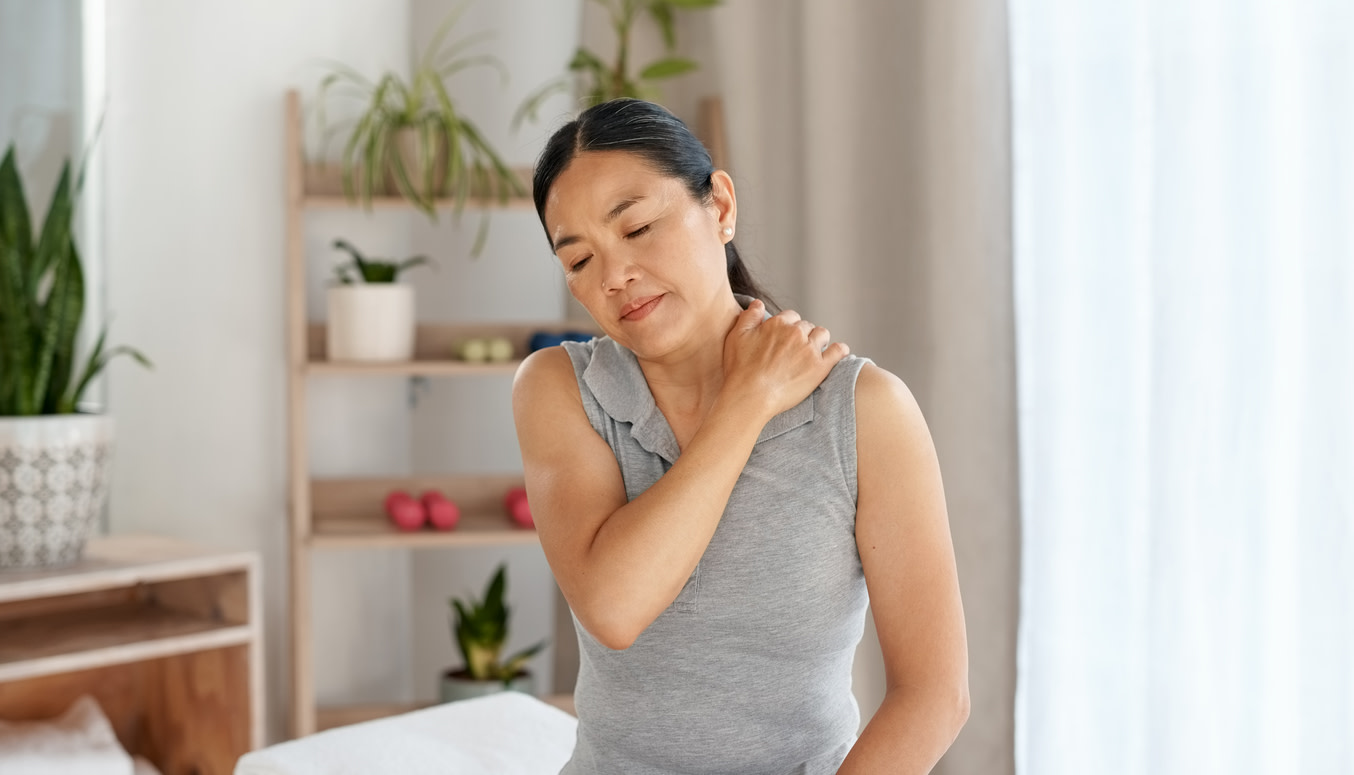Qué causa la tensión muscular y cómo tratarla, según los fisioterapeutas
Los músculos doloridos y tensos pueden resultar incómodos. Infórmate sobre las causas de la tensión muscular y cómo aliviar el dolor.
$0 costo para usted
Última actualización: Oct 23, 2025
El índice
Estiramientos para aliviar la tensión muscular
¿Quiere atención experta? Comprueba si estás cubierto por nuestro programa gratuito →- Estiramiento sentado de tendón de la corva
- Levantamiento de peso muerto de pata de cabra
- Estiramiento del trapecio en posición sentada
- Inclinaciones de cabeza isométricas en posición sentada
- Estiramiento del flexor de la cadera, de rodillas
- Flexión isométrica de cadera en posición sentada
- Estiramiento de la pantorrilla en el piso
- Levantamiento de pantorrillas en déficit
